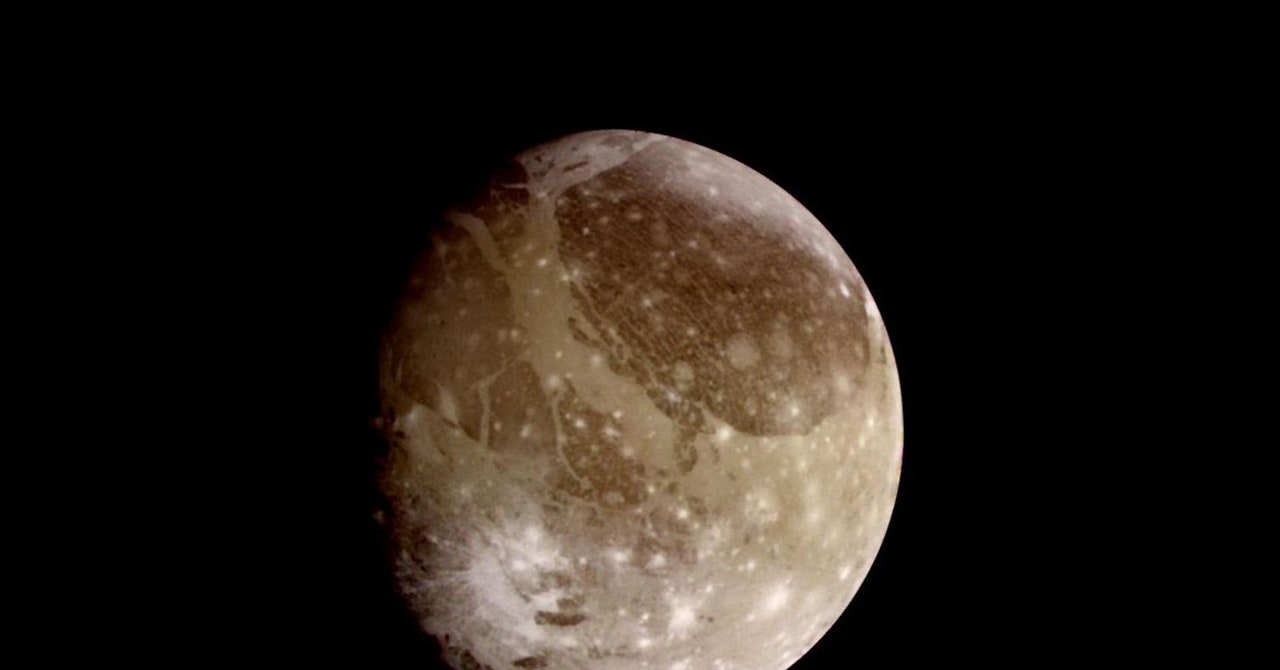Physical Address
304 North Cardinal St.
Dorchester Center, MA 02124
Physical Address
304 North Cardinal St.
Dorchester Center, MA 02124

Europa’s orbit is an ellipse, and the shape of the satellite is affected by Jupiter’s gravity, becoming distorted when it passes close to Jupiter.
This change in shape causes friction in Europa’s interior, causing extreme heat, which melts the ice and creates a vast ocean beneath the moon’s ice.
Europa’s interior ocean is salty and estimated to be about 100 kilometers deep, with twice as much water as all the oceans on Earth, even though the moon is much smaller than our planet.
In addition, it is believed that internal oceans exist on Jupiter’s moons Ganymede and Callisto and Saturn’s moons Titan and Enceladus.
Liquid water is essential to life as we know it, which is why oceans are at the forefront of the search for extraterrestrial life.
The autonomous underwater robots considered by SWIM are very limited. Their millstone-shaped bodies are about 12 centimeters long. A device called a “cryobot” will carry the robots under the moon’s icy crust, using nuclear energy to melt the ice. The idea is to pack about four dozen robots into a cryobot and have them enter an ice shell over several years.
There are benefits to deploying so many search robots. One is that they can explore many places. Another is that they are designed to work in groups, so that several robots can explore the same area in overlapping directions, reducing errors in observation data.
Each robot will be equipped with sensors to measure temperature, pressure, acidity, electrical power, and the composition of the water it explores. All these sensors will be placed on a chip measuring several millimeters square.
“People may ask, why is NASA building an underwater robot for space exploration?” said Ethan Schaller, project manager at NASA JPL, explaining the causes of SWIM. “Because there are some places around the planets around the sun that we want to go to see life – and we think that life needs liquid water.”
This article appeared first THE WIRE Japan and translated from Japanese.